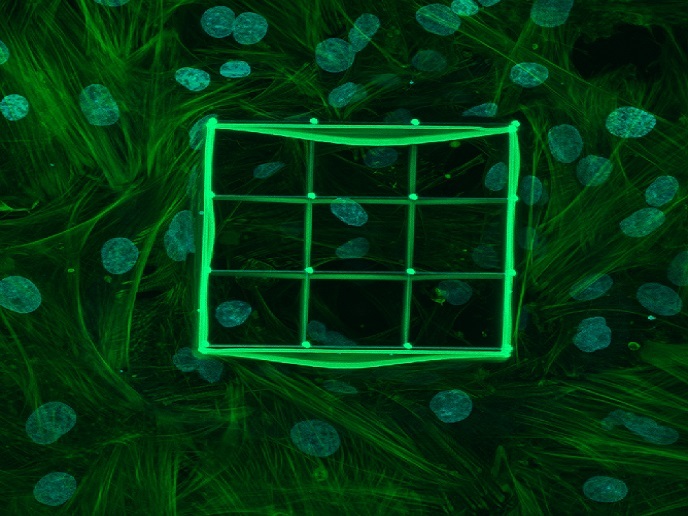Better catheters benefit patients
Researchers from the EU-funded UNITISS(opens in new window) (Understanding interactions of human tissue with medical devices) project set out to develop advanced design strategies for catheter-based medical devices. The key objective was to reduce the risks of catheter-mediated complications To achieve their goals, the project partners investigated a number of solutions for improved catheter design. These included improved catheter geometry and control of stiffness, advanced coatings, and ways of measuring and minimising the forces acting between the catheter and human tissue. In order to test the improvements, it was necessary to develop appropriate human tissue models. Project partners found that the synthetic tissue models currently available were not sufficiently capable of mimicking human tissue. For this reason, tests were carried out using an ex vivo porcine aorta model to simulate the interaction between the catheter and the tissue it comes into contact with. A series of in-house catheter designs were tested alongside using specially designed holders for the catheters and tissue. A new Artificial Skin Model was also developed, which is able to simulate the friction and mechanical behaviour of both dry and moist human skin. In addition, researchers evaluated skin friction behaviour and tensile strength using ex vivo human skin, human dermis and tissue-engineered skin. Histological analysis alongside various spectroscopic and microscopic analyses was performed to better understand the mechanical response of human tissue to physical interactions and subsequent tissue damage. Friction behaviour was also evaluated for in vivo human skin as well as porcine skin and synthetic skin models. To minimise the side-effects of catheterisation, UNITISS developed improved polymer coatings for medical devices. These coatings interact with water, and are lubricious and antibacterial to reduce tissue damage and infection, respectively. Part of the project was also devoted to computer modelling of catheter-blood vessel mechanical interactions and hydrodynamic behaviour. This information was ultimately used to provide design rules for improved catheter tips. UNITISS resulted in improved in vitro test methods for simulating in vivo behaviour, thereby reducing the need for animal- and human-based testing. It also provided greater understanding of the response of human tissue to physical interactions, and improved materials and coatings for device applications and for the simulation of human tissue. This knowledge will be used to develop innovative clinical devices that benefit patients who require catheterisation.







